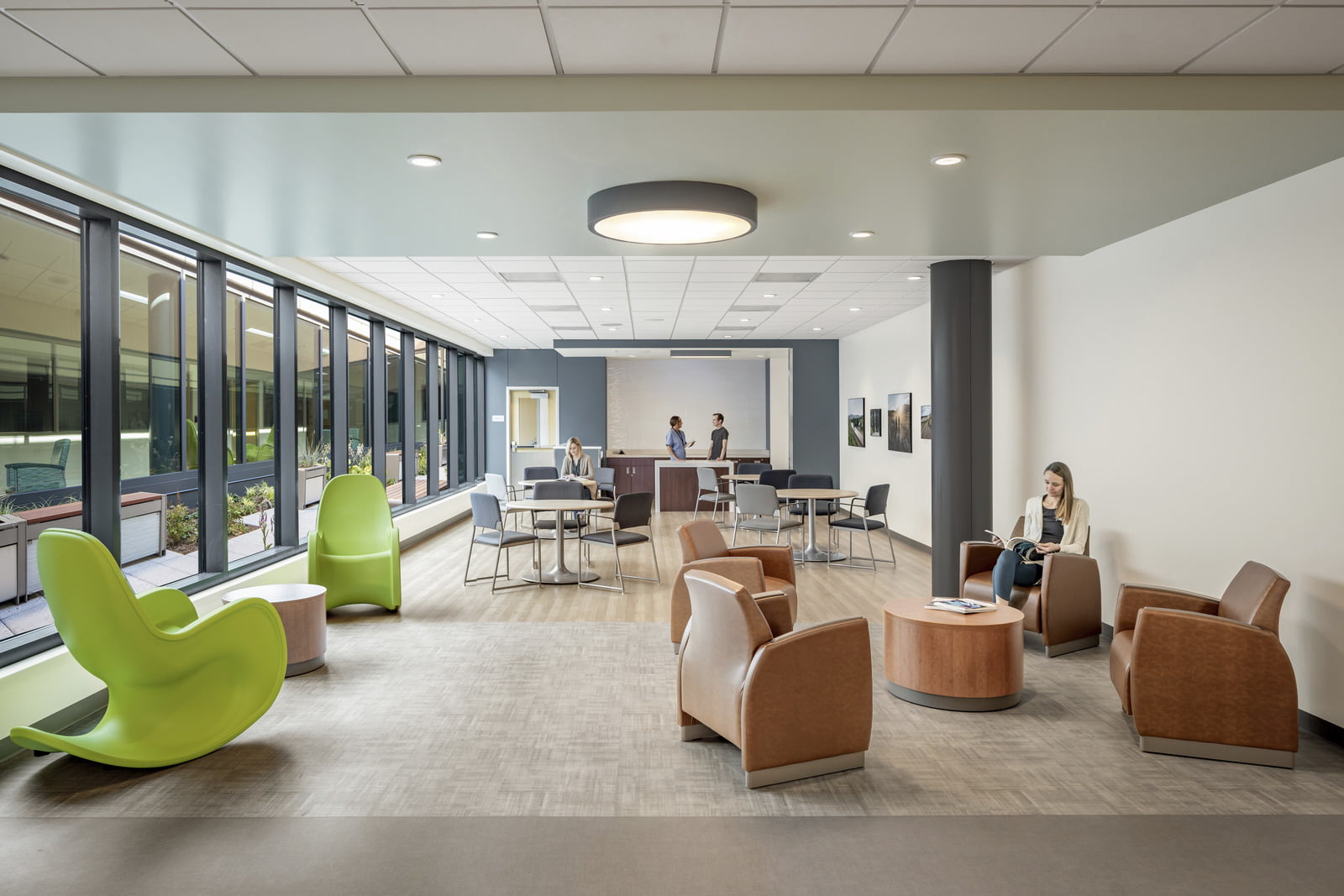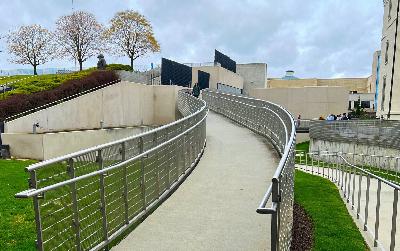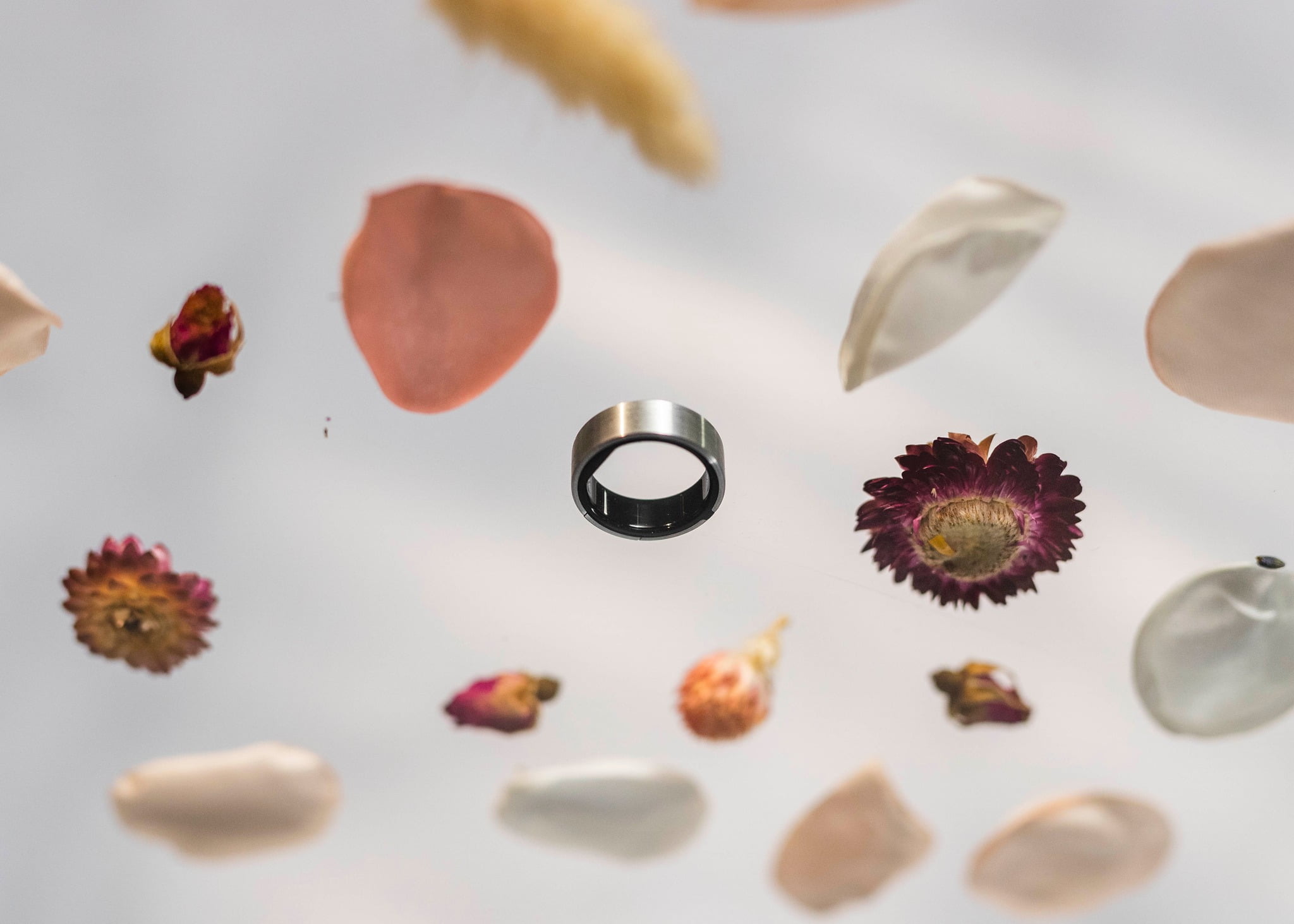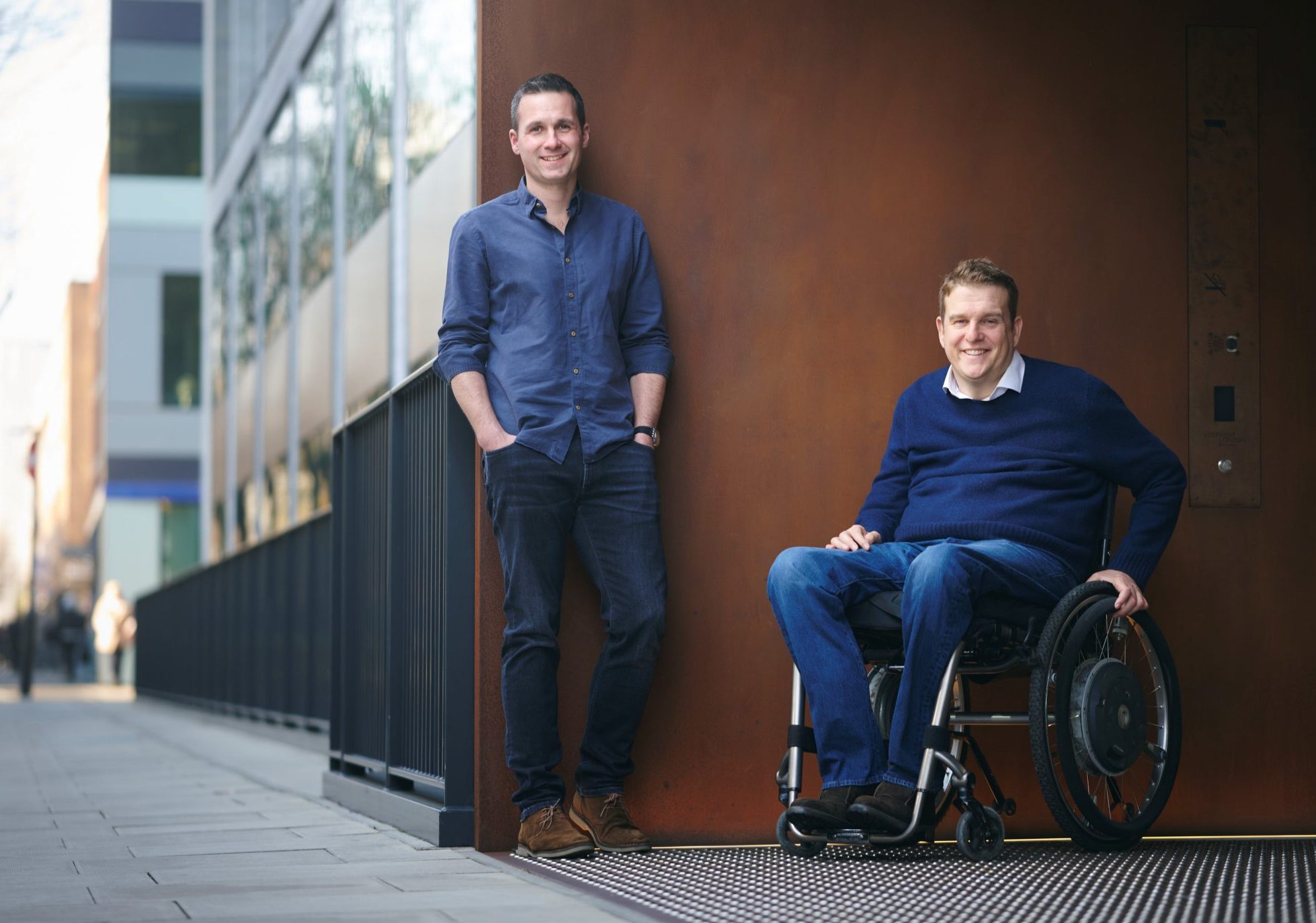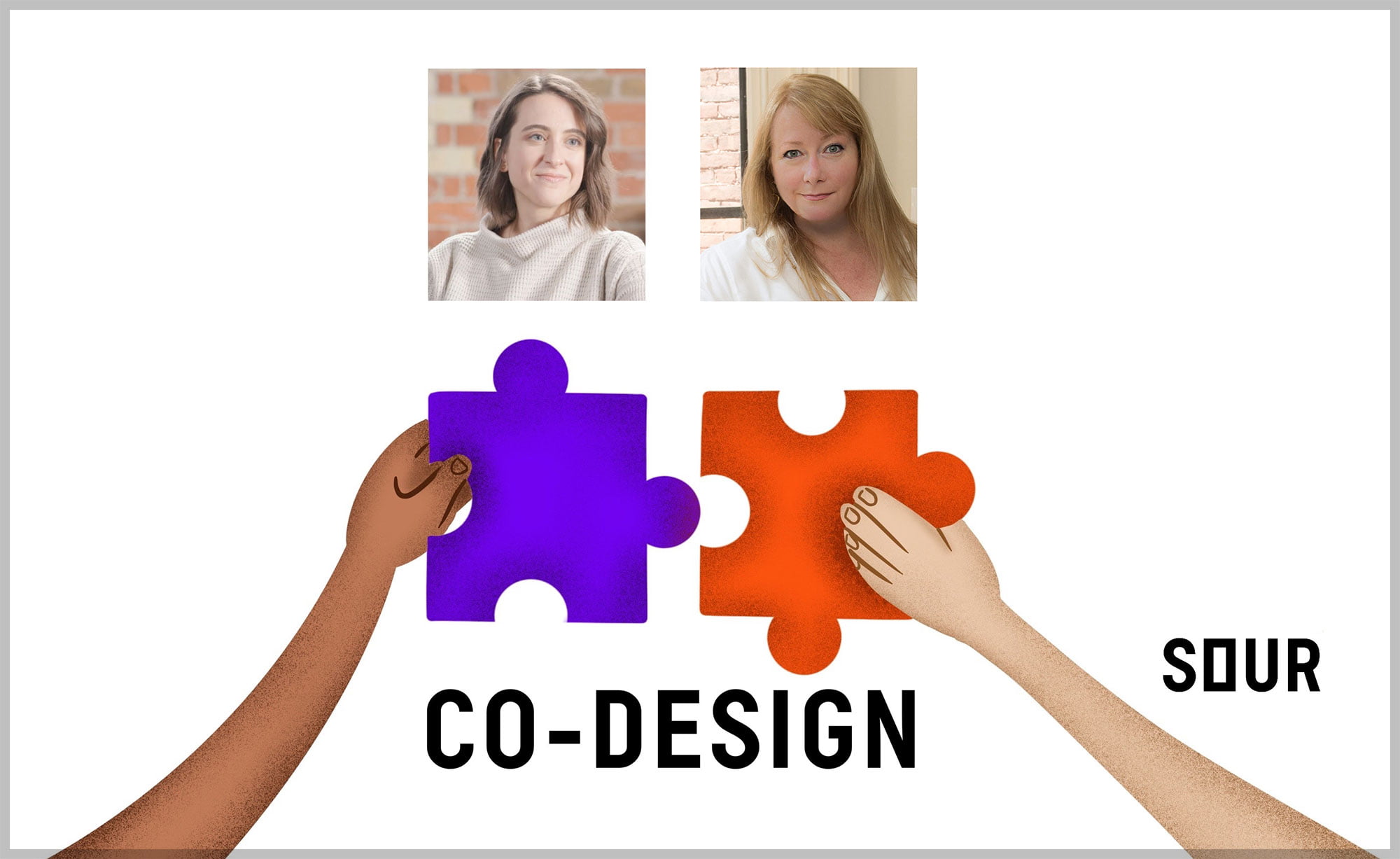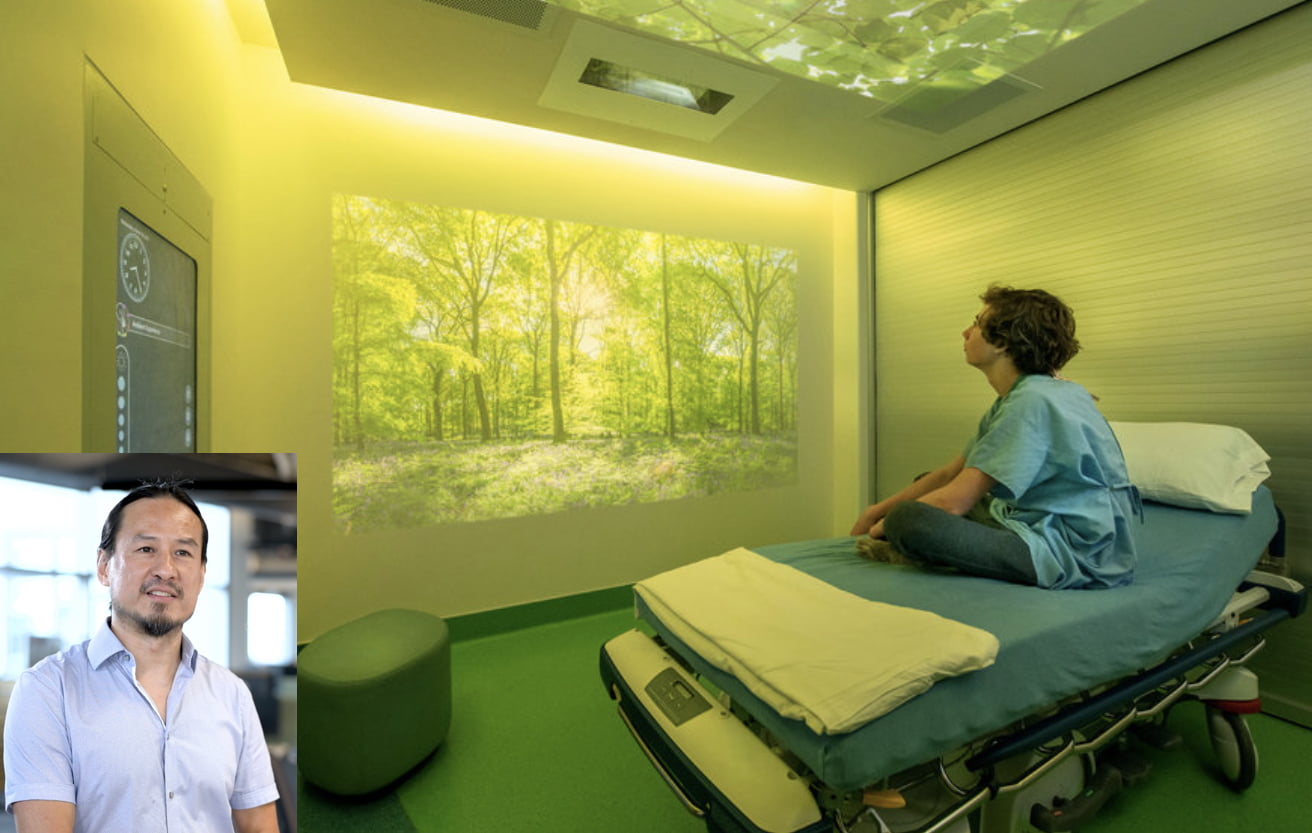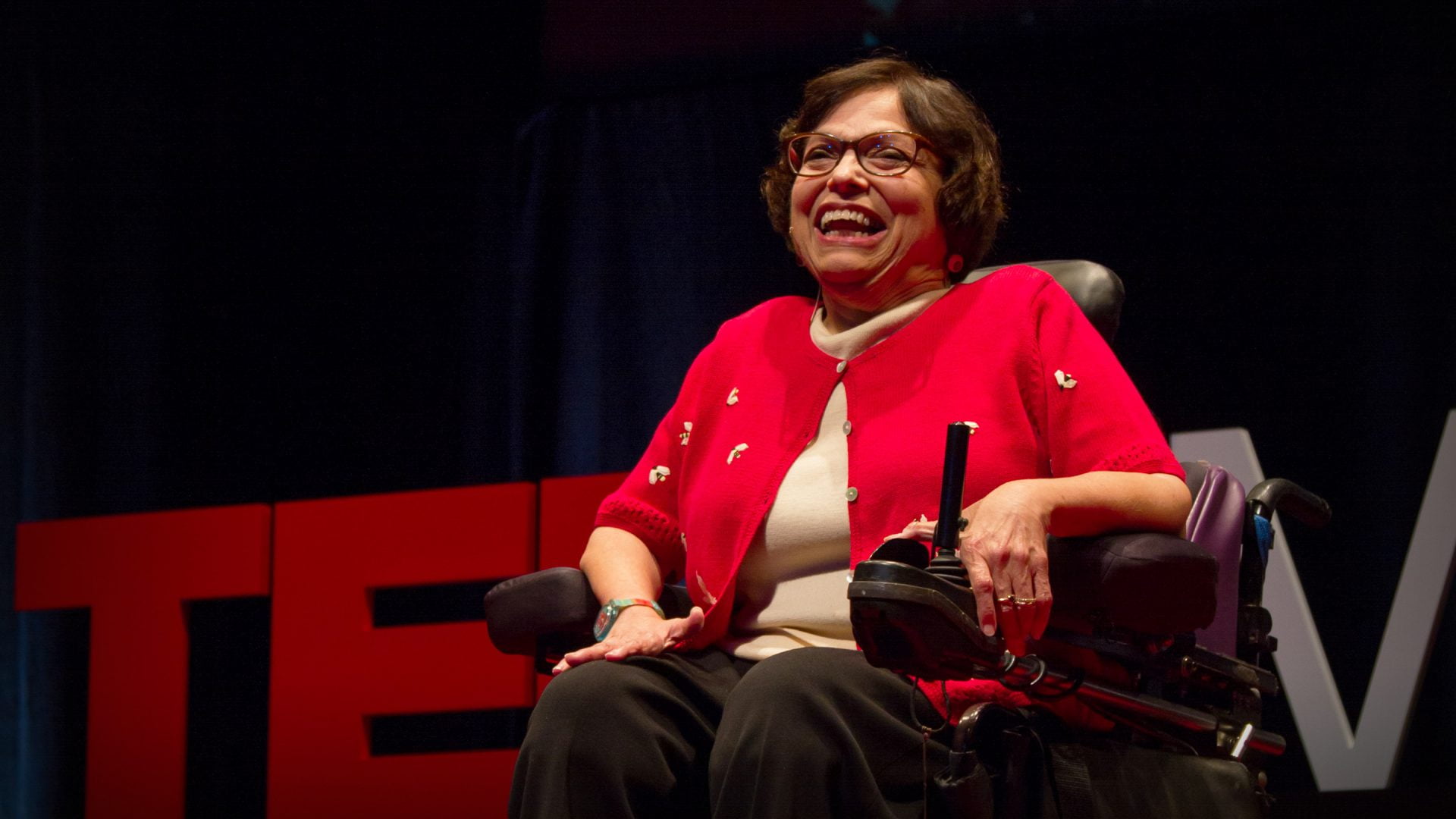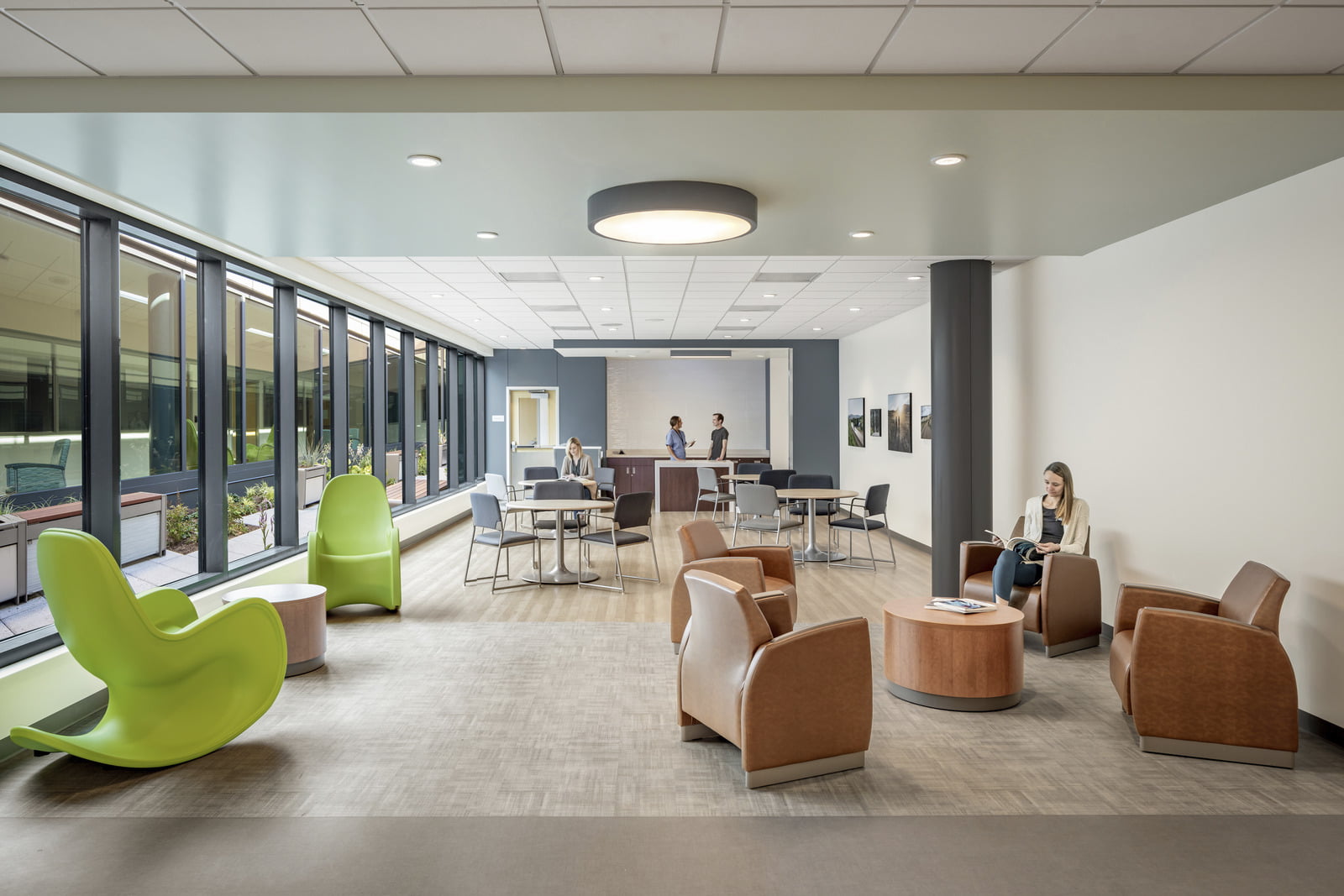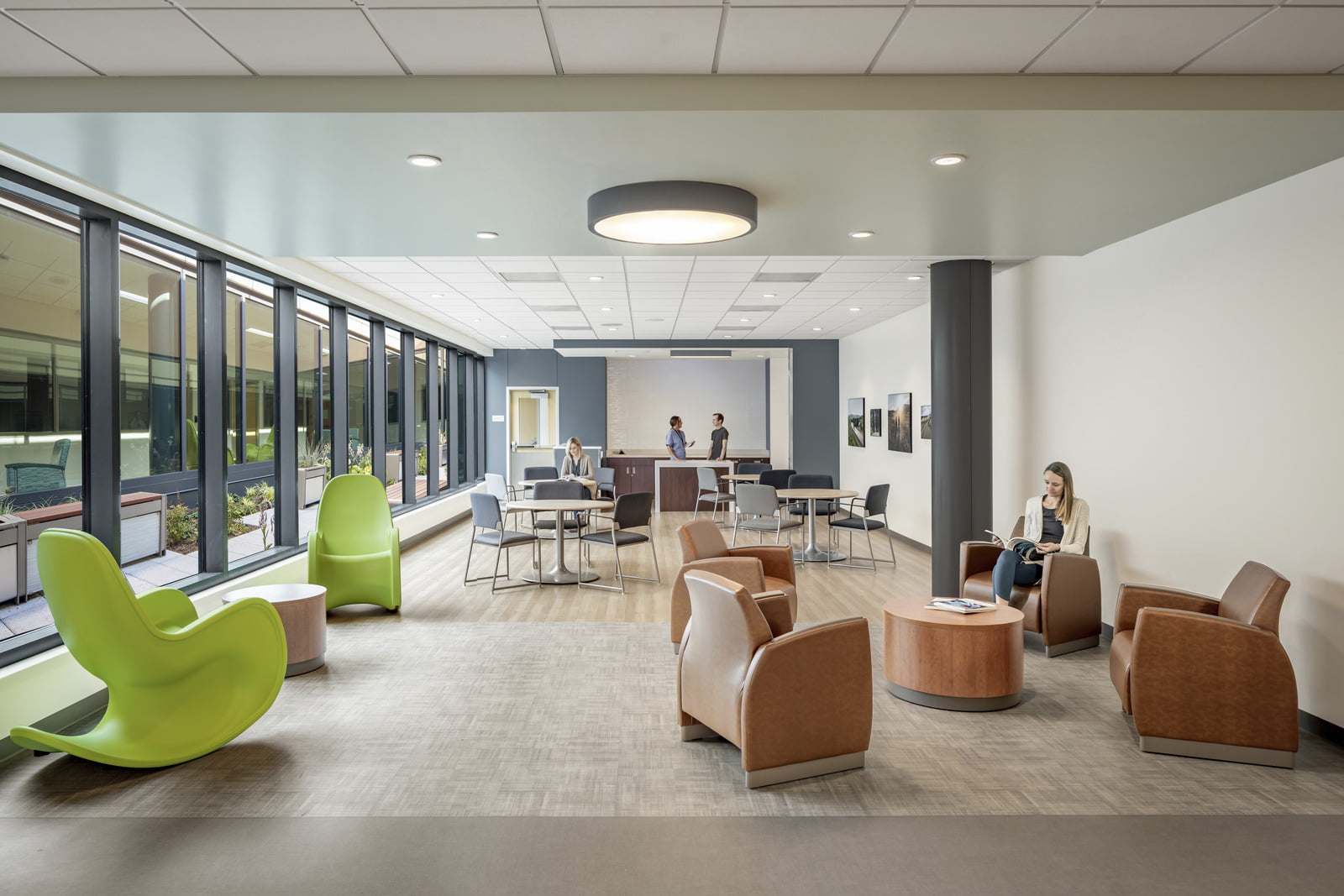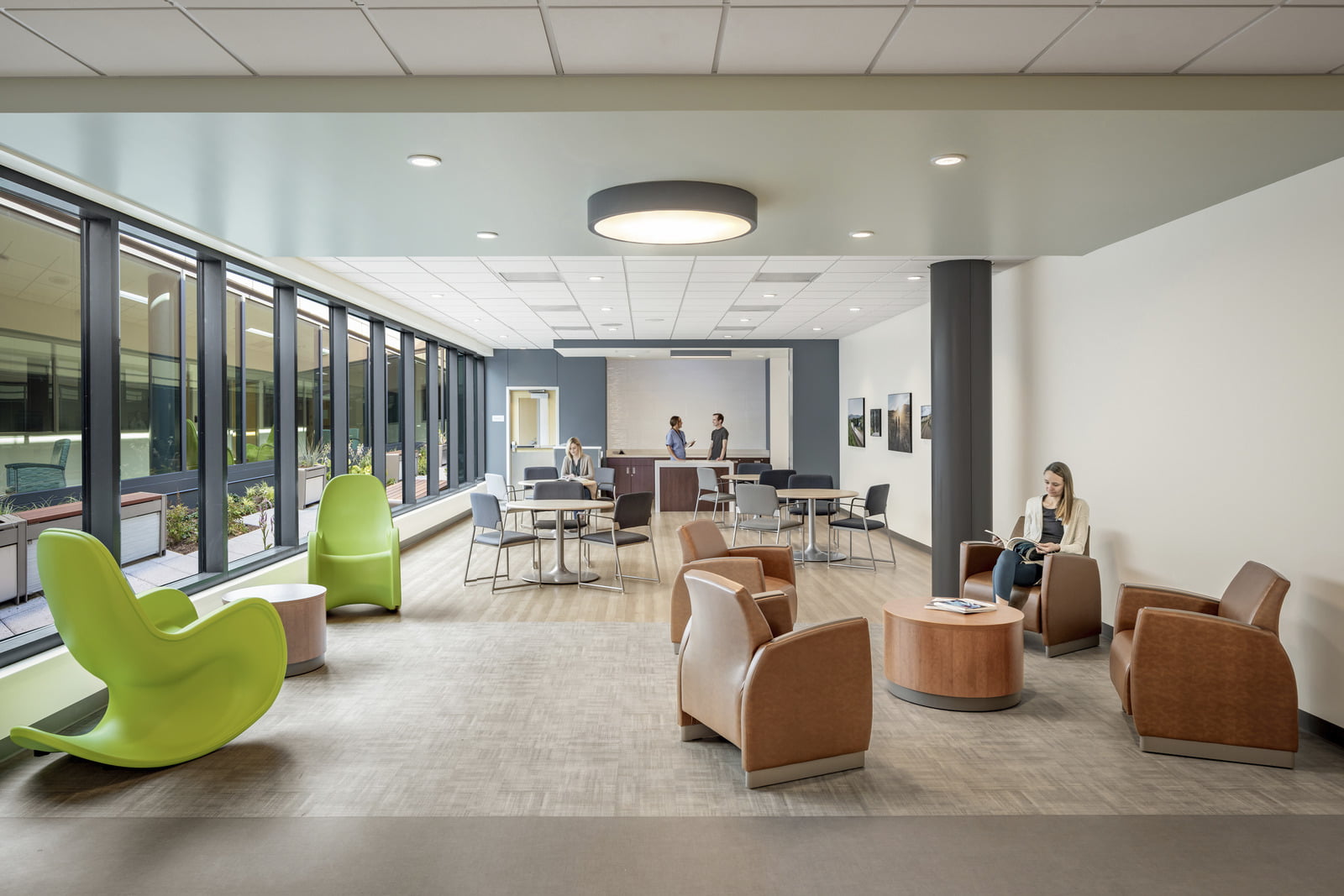Trauma Informed Design for Behavioral Health – part 3
Description
- By: Janet Roche & Carolyn Robbins
- Co-Hosted By: Janet Roche & Dr. J. Davis Harte
- Edited by: Andrew Parrella
- Guest: Meredith Banasiak
- Photo Credit: Caleb Tkach AIAP
This just in… new changes are coming for those who create spaces for Behavioral Health. Combining the scientific knowledge from Neuroscience and the research evidence from Trauma-Informed Design is opening up new ways to optimize health, performance and access.
IDP is excited to share this 3-part series with Meredith Banasiak that explores the transformational shift in design towards an evidence-based, person-centered culture. She shares her insights for designing for behavioral health projects, from family clinics to eating disorder facilities.
Part 1- Meredith’s story; sensory issues; and the concept of a ‘Shared Experience’
Part 2- The stigma of mental health; Solutions using Trauma-Informed Design for Behavioral Health Facilities.
• Part 3- Social Determinants of Health; improving access to healthcare; designing for eating disorders facilities; and a new way to look at Post Occupancy Evaluations (POE)
Guest: Meredith Banasiak, EDAC, Dir. of Research, Boulder Associates; LinkedIn; Twitter
– References:
• Academy of Neuroscience for Architecture, ANFA
• American Institute of Architects, AIA
• Basic Science of Light / Color
• Boulder Community Health- Della Cava
• Boulder Community Health- Tunable Lighting
• BeWell
• “Bridging the Gap” (Healthcare Design Magazine article)
• Colin Ellard – Cognitive Neuroscientist
• GoInvo-Social Determinants model
• HIPAA: Health Insurance Portablitiy and Accountability Act
• Lifting the Gaze – How to focus to Change Your Brain
• Nationwide Children’s Hospital, Big Lots Behavioral Health Pavilion
• SAMHSA: Substance Abuse and Mental Health Administration
• Seattle Children’s Hospital, Psychiatry and Behavioral Medicine Unit
• Mardelle McCuskey Shepley, BA, M.Arch, MA, D.Arch, EDAC
• USC Santa Barbara ‘Dormzilla’ (Construction Dive article)
Trauma Informed Design for Behavioral Health- part 3
Guests: Meredith Banasiak / J. Davis Harte
(Music – open)
Janet: In this series we will be discussing specific examples of design techniques that make a positive difference for people living with certain human conditions.
Carolyn: The more a designer understands the client and or the community the more effective and respectful the design will be.
(music up, then lower)
Intro
Janet: Welcome to Inclusive Designers Podcast, I am your host, Janet Roche…
Carolyn: And I am your moderator, Carolyn Robbins.
Janet: We have a really great show for you today, we are taking a look at how to improve the standard of care in behavioral health using a trauma-informed design approach. And for this important discussion, we are talking to the amazing Meredith Banasiak.
Carolyn: Let me tell you a little bit more about Meredith… she is a Fellow with the Centre for Conscious Design; maintains an advisory role with the Academy of Neuroscience for Architecture. She has published in psychology, medicine, and architectural research journals and books. And now she is here to share her passion for research and evidence-based design with us today.
Janet: And to make it even more special we have asked Davis Harte, or as I refer to her as Dr Harte, to be my co-host. Together we have co-founded the Trauma Informed Design Society and will be adding our insight from that to this discussion.
Meredith has done some incredible work on sensory issues and designing for human health along with Trauma-informed Design, to foster inclusivity and a healthier environment.
Carolyn: There is so much to explore here, that we’ve decided to make this a 3-part series. You can listen straight-through or choose to hear each section separately, let’s call it ala carte.
Janet: In this section, we will look at how nuanced or specialty behavioral health facilities are emerging to treat specific behavioral health conditions. The question becomes: How do we design for these new models of care?
Meredith will walk us through the research and how new technologies were used in the design of a dedicated eating disorders facility that she personally worked on. I really find that story so fascinating, I think you will too.
Carolyn: And of course, if you want to know more about any of the places or studies mentioned, we’ll have a really rich list of resources for you on our website: InclusiveDesigners.com.
Janet: Carolyn, I think we’ve covered all that needs to be said here up front, so I guess we should just start the show now, don’t you?
Carolyn: Agreed. Without further ado, here is our thought-provoking look at combining neuroscience with evidence-based design, with insights from Janet, Meredith Banasiak and Davis Harte …
(music)
Interview- Overview
Janet: Hi, and welcome to Inclusive Designers. I am your host, Janet Roche. And today, we’ve got a special guest host. You’ve seen her before on this show, Davis Harte. And today we’re going to be interviewing Meredith Banasiak. Welcome Meredith. Welcome Davis. How’s everybody doing today?
Davis: Great. Thanks Janet. It’s wonderful to be here…
Meredith: yeah, it’s great to be here.
Janet: Thank you for coming.
Interview- Section 3
Janet: So Meredith, how is behavioral health being integrated into healthcare?
Meredith: Okay. So we’re seeing kind of a move from healthcare systems, changing their care practices. And then in turn, we’re kind of changing the design of clinics and facilities to better support those models of care. So the move to include behavioral health in healthcare generally really comes from healthcare systems who recognize the totality of factors impacting health beyond just medical care or clinical care.
And here I’m really talking about the social determinants of health kind of model here which just includes all the non-medical factors that influence health outcomes. So, addressing those other factors is really fundamental for improving health; reducing inequities in health; and even increasing access to medical care, which is kind of what we consider when we think about healthcare, we only consider that realm.
But if you look at one of the models by ‘Go Invo Boston’, they have a social determinants of health model and their data suggests tha

